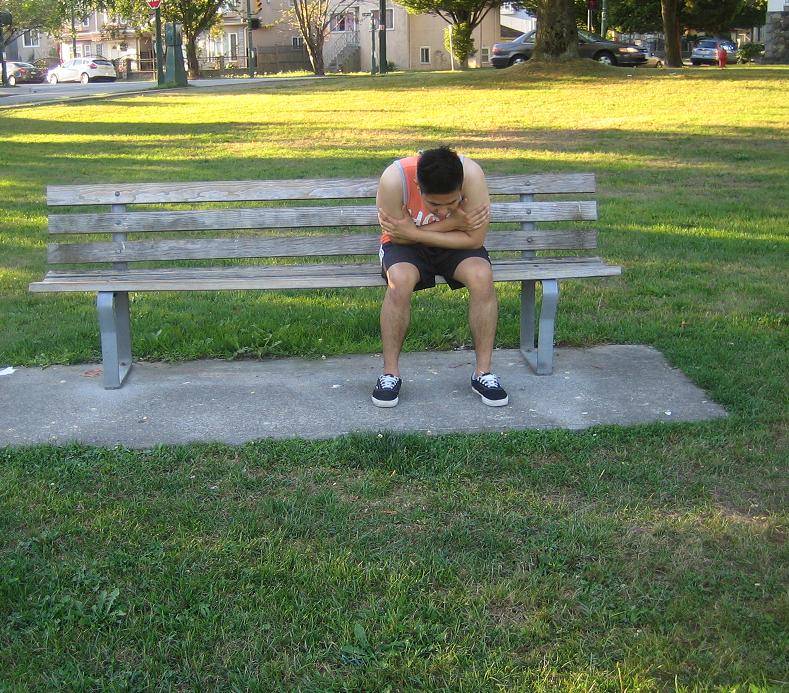Tetanus or lockjaw develops from the toxin generated by the anaerobic bacteria Clostridium tetani. It is important to note that this toxin causes the muscles to turn rigid and contract involuntarily.
Even though rare in developed countries, tetanus is capable of causing deaths up to thousands yearly mainly in developing countries. Clostridium tetani is present in animal feces and soil and can thrive there for years.
How tetanus bacteria enter the body
- Wounds that are contaminated with feces or soil (especially those that were not properly cleaned)
- Skin punctured by unsterile needles (those used to inject illegal drugs or for tattoo and body piercings)
Oftentimes, the injury might be small that it is not seen by the individual. The injuries that involve dead skin such as in frostbite, burns, gangrene or crushing injuries are likely to cause tetanus. If oxygen is absent in the dead tissue, the tetanus spores reproduce and release a toxin that travels all over the body and prevents the nerves from transmitting signals to other nerves.

What are the indications of tetanus?
The symptoms of tetanus usually start within 5-10 days after the injury.
The muscle spasms are the distinctive feature of tetanus. The muscles involuntarily contract and turn rigid. These spasms start in the jaw and throat and followed by the neck, shoulder, face and the abdomen and the limbs.
These spasms might disrupt with breathing, oftentimes too much that they turn bluish. The face of the individual might become frozen in a smile with the eyebrows raised. The back muscles contract which makes the back arch.
Spasms of the sphincter muscles can result to difficulty urinating and constipation. Minimal disruptions such as a draft, noise or the bed being jarred can instigate sore muscle spasms all over the body. In rare cases, the muscle spasms might be limited to the muscle groups close to the wound.
Management
Individuals with tetanus require admission to an intensive care unit in a healthcare facility. The room is kept quiet to prevent disruptions that can trigger the muscle spasms. The wounds are properly cleaned and the dead tissue or foreign material are removed.
Antibiotics specifically metronidazole are administered intravenously to eliminate the bacteria and stop the release of toxin. Nevertheless, antibiotics do not have any effect on the toxin that has already been released. This toxin continues to trigger muscle spasms. Tetanus immune globulin is given to neutralize the toxin. The tetanus vaccine is given unless the vaccinations are updated.
Sedatives might be given to control the muscle spasms to relax the stiff muscles as well as alleviate the pain and anxiety.
In case the rigidity of the muscle disrupts with breathing, a tube might be placed in the windpipe and the individual is given a medication to paralyzed the muscles, thus preventing them. This tube is then attached to a mechanical ventilator.

